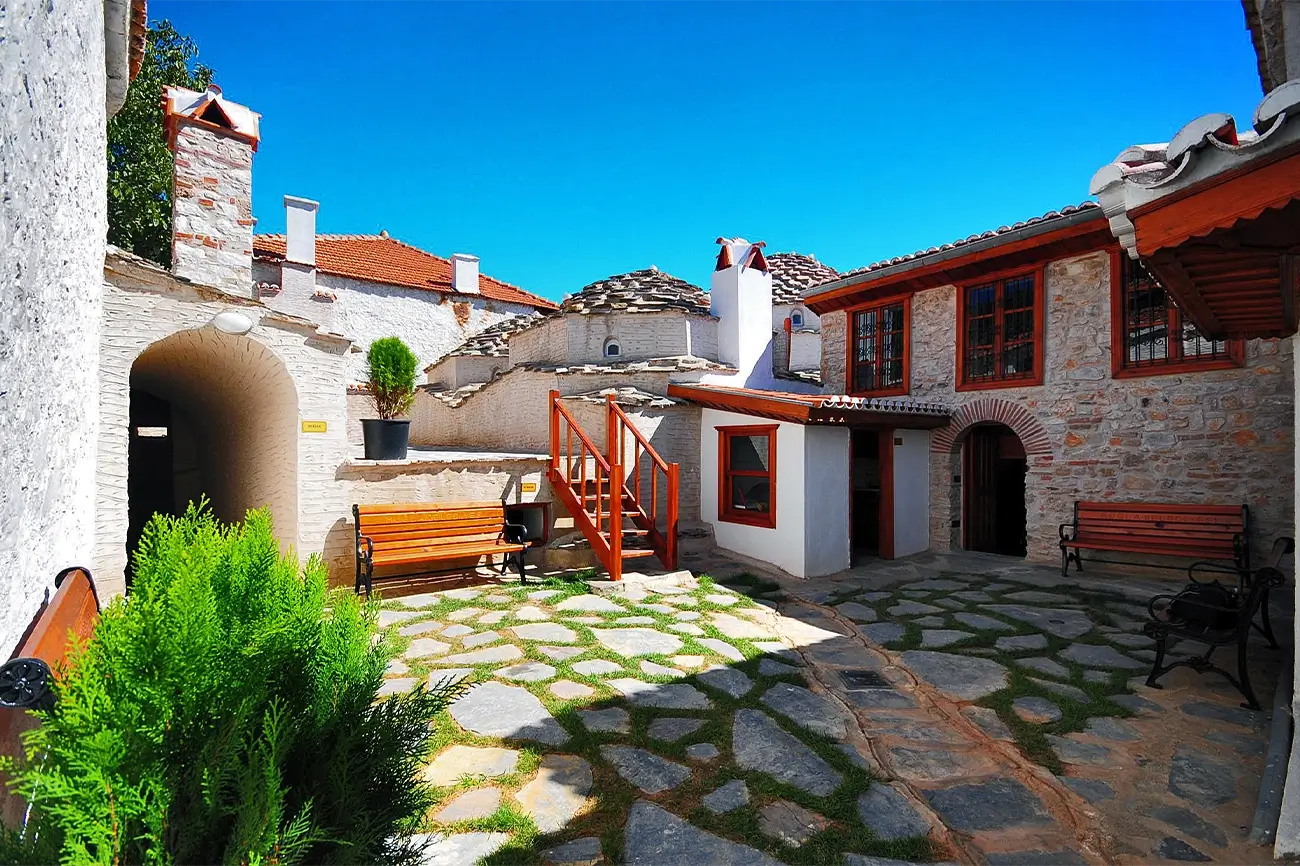
06 Oct MENTEŞE
As one of the oldest cities in the
Caria region, Menteşe was referred to as “Mobolla” in ancient
sources. Around 3400 BC, a tribe led by a leader named “Kar” settled
in the region. In the 1000s BC, the area came under the control of the Dorians and
joined the Pergamon Roman Alliance in 228 BC, eventually becoming a Roman
province in 133 BC.
With the Turkish conquest of Anatolia,
Menteşe came under the rule of the Anatolian Selçuk State. After the break-up
of the Anatolian Selçuk State, the region came under the control of the Menteşâ
Principality in 1261. In 1391, the area was included in the Ottoman lands by
Yıldırım Bayezid, but came under Timur’s control in 1402, and was given back to
the Menteşâ Principality by Timur. During the reign of Murad II, it once again
became part of the Ottoman Empire and was named Menteşe Banner.
On October 30, 1913, Menteşe Banner was
separated from Aydın Province and became a province, having the name of Muğla.
On December 6, 2012, under Law No. 6360, Muğla Central was restructured and
renamed Menteşe.
Main Historical and Archaeological Destinations
Mobolla Ancient City
To the south of Muğla city center,
northeast of Saburhane Neighborhood, on the rocky hill known as Masa Dağı or
Asar, lie the ruins of the ancient city of Mobolla. The earliest known name of
this ancient settlement is “Mogla” (Μώγλα). An inscription dating back to the 2nd century BC
definitively shows that the city’s name was “Mobolla” (Μόβολλα). In the 10th century AD, the
settlement was referred to as “Mogola” (Μόγολα) at the pieces of Emperor Constantine
VII Porphyrogenitus.
The ruins of ancient Mobolla are
surrounded by city walls on the northern and western sides. At the starting
point of the city walls, there are numerous scattered tomb chambers extending
to Basmacı Stream. These tomb chambers stand out as part of the settlement
surrounded by city walls.
Among the remains of the city, there
are three open-air temples, rock tomb chambers, sarcophagi, rock-cut graves
known as “popular type graves,” wells, rock dwellings, cisterns, and
rock chambers believed to have been converted into living spaces.
Trolian Park
Near Özlüce village in the east of
Muğla, in the Kaklıcatepe area, fossils unearthed during excavations are
exhibited in the Natural History section of the Muğla Museum as Trolian Era
finds. Excavations and research at Kaklıcatepe began in the late 1992, and the
fossils findings have been classified into such various groups such as kitchen
utensils, rhinoceros, elephant, pig, horse, and carnivorous animals.
These fossils date back to the Trolian
Era, a period approximately 5 – 9 million years ago, covering a wide region
from East Asia to Spain. The Trolian Era is named after this period because
examples from this time are best preserved in the Teruel Basin.
Arasta Bazaar
The main road connecting the city to
the outside world was the Izmir-Aydın-Çine, Tavas-Denizli route. This caravan
route passed through Muğla and reached the city. Camel caravans would enter the
city from Sekibaşı Street and follow this route to reach the city center. At
the center, they would stay at such inns as Yağcılar Hanı and Kocahan, known as
commercial centers of the urban site area. The caravans would then leave the
Saburhane neighborhood and travel via the “Yılanlı Dağı Road” to Tavas and from
there to Denizli.
Leading accommodation places on the
historical caravan route included Yağcılar Inn, İbrahim Inn, Bacılar Inn,
Balcıoğlu Inn, Konakaltı Inn and Kocahan, which was among the liveliest places
of the city in the past.
There were guilds of various
professions in the Arasta region, and these guilds took their names from common
living spaces. For example, “Demirciler Arastası” (Blacksmiths’
Bazaar) and “Bakırcılar Arastası” (Coppersmiths’ Bazaar) are still
referred to by these names today.
Karabağlar Plateau
The Karabağlar Plateau, where the
Menteşe citizens spent their summer months for many years, holds an important
place in the city’s historical process. Once a primary source of livelihood for
the region, this plateau played a crucial role in agricultural production and
has partially maintained this feature today.
The plateau has been of great
significance as part of Menteşe’s closed economic structure over the centuries.
Half of the year was spent at the plateau, where daily needs were met and food
items such as dried vegetables, tomato paste, tarhana, sausage, roasted meat,
pasta, and molasses were prepared for winter. Each household had its vineyard,
and vinification was also practiced on the plateau. The Karabağlar Plateau holds
an important place in Muğla’s historical and cultural heritage as an extension
of traditional urban life.
Within and around the Karabağlar
Plateau, there are many parks and cafes nestled in nature.
Main Bays and Beaches
Akbük
Akbük Bay, one of the most unique
vacation spots in the Gulf of Gökova, is a peaceful retreat known for its serenity,
calmness, and clear waters. Located on the northern side of the gulf, the bay
features a small dock and a few restaurants. Akbük is 48 kilometers away from Menteşe
city center and stands out among the region’s natural beauties.
You can visit the ruins of the ancient
city of Caria and Keramos in Akbük Bay. The bay can be reached via a
25-kilometer coastal road from Akyaka or a 20-kilometer asphalt road from Ören.
If you wish to spend your vacation
here, you have options for camping or staying at one of the guesthouses in
Akyaka Gökova.
Recommended Activities
International Zurnazen Festival –
Summer Season
International Muğla Yörük Türkmen
Festival – Summer Season
Muğla Tarhana Festival – Autumn Season
Natural and Cultural Heritage
Traditional Muğla Chimney
Kuzulu Gate

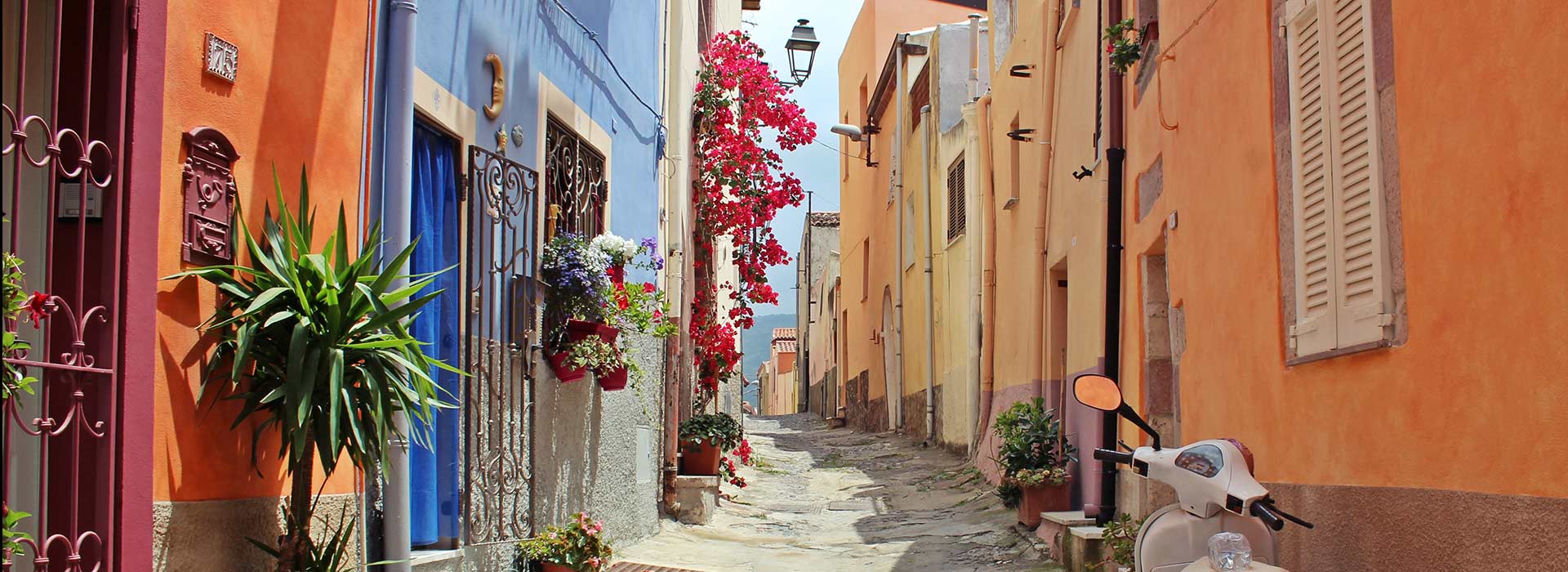
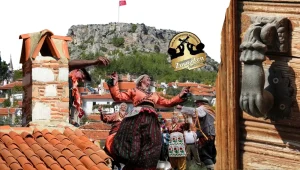
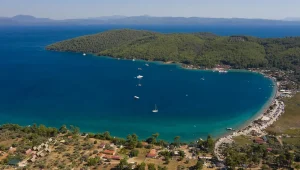
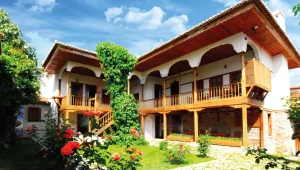
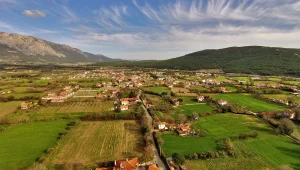
Sorry, the comment form is closed at this time.